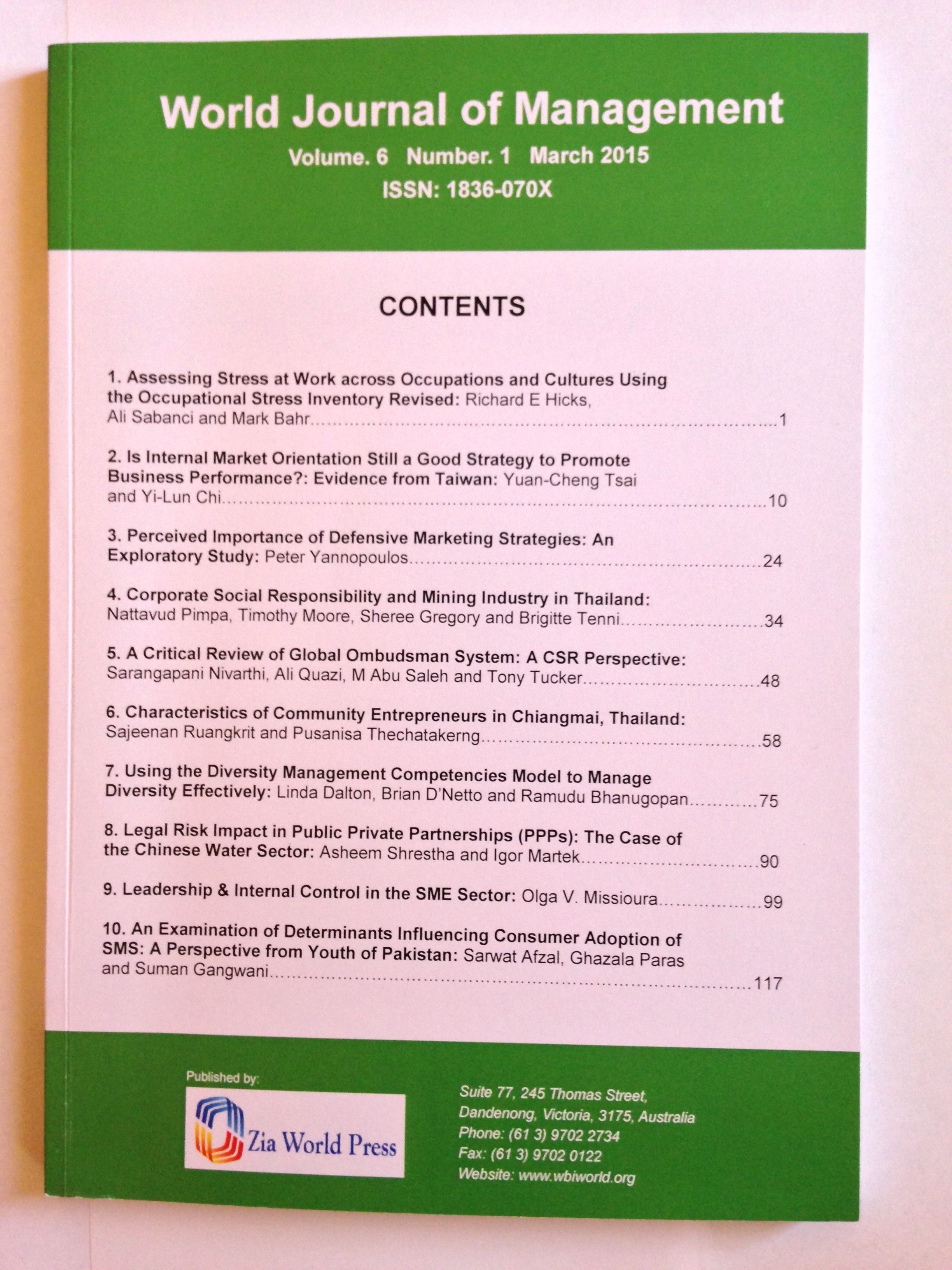Pages
62 – 73
Previous studies proved that there are similarities between regulatory focus and self-construal. The motivations of independent self-construal state are similar to promotion focus, while interdependent self-construal state shares motivations with prevention focus. In the present study, contrasting research findings on the relationship with pro-environmental marketing and receivers’ regulatory focus, and self-construal were uncovered. In the research findings on the relationship between pro-environment marketing and receivers’ regulatory focus, promotion-focused people were more affected by proenvironment messages, and were positive toward green consumerism. Meanwhile, in motivation of self-construal factor, interdependent self-construal people were more affected by pro-environment messages, and thus positive toward green consumerism. Although there was a difference between previous studies' interaction between regulatory focus and self-construal and the results of the present study regarding pro-environment messages and green consumerism, there is a shortage of research about the relationship between self-construal and regulatory focus. The purpose of the present study was to examine the relationship between receiver’s regulatory focus and selfconstrual as consumers’ characteristics, and to determine what characteristic have the most positive effect on acceptance of green consumerism messages. Online surveys were given to 275 South Korean participants using several scales to measure receivers’ regulatory focus, self-construal, and green consumerism. Participants were divided into 2 X 2 groups by self-construal (Independent / Interdependent) and regulatory focus (promotion / prevention) status. After division, two-way ANOVA was used to determine the relationships between the two independent variables (Self-construal, Regulatory focus) and a dependent variable (Green consumerism behavior). As a result, there was a main effect of self-construal; however, independent people were more positive toward green consumerism, in contrast to previous research. In addition, there were no main effects of regulatory focus or interaction effects between self-construal and regulatory focus on green consumerism behavior. The implications were discussed.

